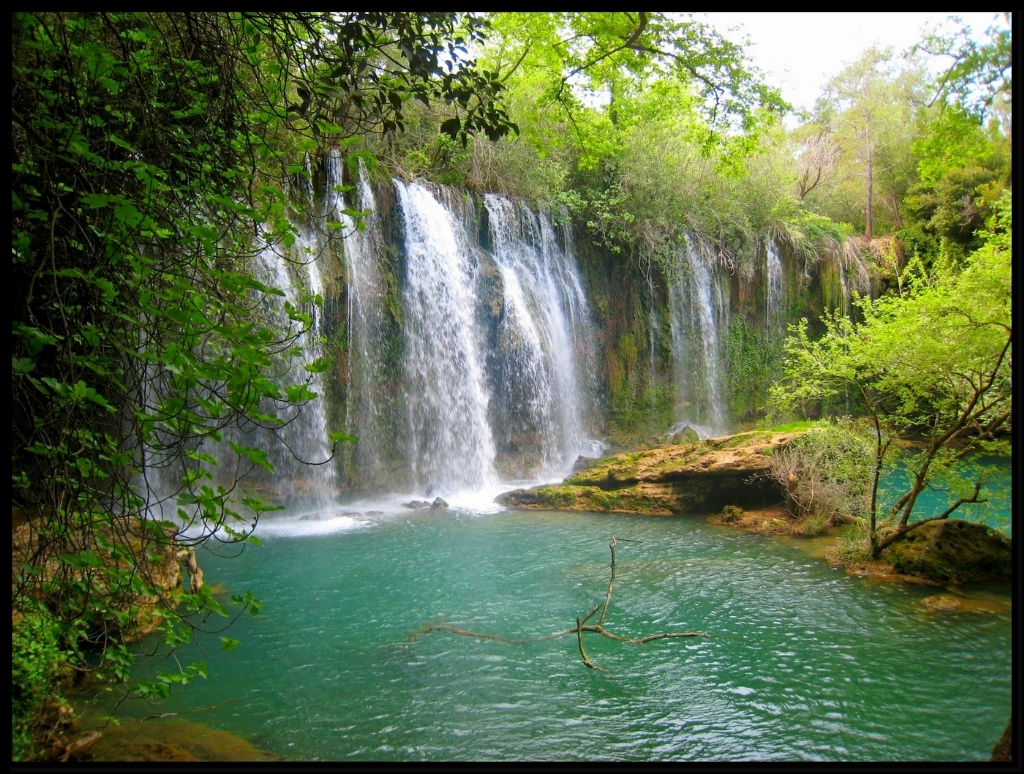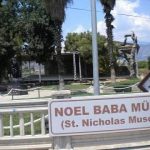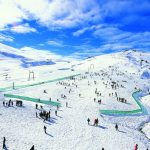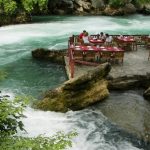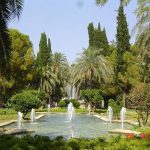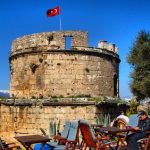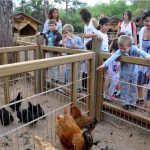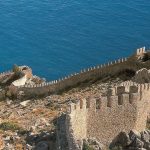Kurşunlu Waterfall, one of the natural beauties of our country, is located in the center of Antalya. Together with the main waterfall created by the stream, smaller volume waterfalls and the ponds from which they are poured offer tremendous pleasure to both the locals and visitors from outside.
The leaded waterfall waiting to be discovered in its natural structure until the year 1986 was turned into a nature park in order to contribute to Antalya tourism after this date. Within the scope of this project, picnic areas, landscape viewing platforms, playgrounds, walkways providing ease of navigation were built in the surrounding areas of the waterfall and pond area. However, parking lots that serve to facilitate private transportation are also included in the area.
The mentioned main waterfall is poured from an 18 meter high. The seven ponds that have come together with the relatively smaller waterfalls constitute the unity of the leaded waterfalls. Gölcükler is about 6 meters deep and covers an area of 1600 square meters. The diversity of the rich vegetation and shrub formation of the oriental waterfall is a distinct element that increases the natural beauty. There are many different species of trees and small plant communities in the area where the redbird is located. The leaded waterfall area is a family home like boar, fox, rabbit, squirrel, bat, ibibik, woodpecker. In addition, submersiblity provides the development of interesting formations that span a broad spectrum.
Places to Visit in Kursunlu Waterfall
The natural momentum and serenity of the Kurşunlu waterfall are awe-inspiring and the nature is already attracting people to themselves. There are also specific points that should be seen in the area.
Lebanese Sediri (Toros Sediri – Tar tree)
These trees, which are considered to be the longest tree species of Turkey such as plane, oak and juniper, can exceed 1000 years. It can shoot up to 40-50 meters and its width can reach 2 meters. These trees, which grow more in the tropical climate, have quite a splendid appearance. These cedar trees, which grow in abundance in Lebanon at the time and are present in small quantities, became symbols of the Lebanese flag.
Historical Water Mill:
About 200 years ago, this historic mill used for grain milling by the villagers living in the region is still active. It is known that around the waterfall there are 10 mills before. This vehicle, which has only one example of daily life, is a historical monument.

